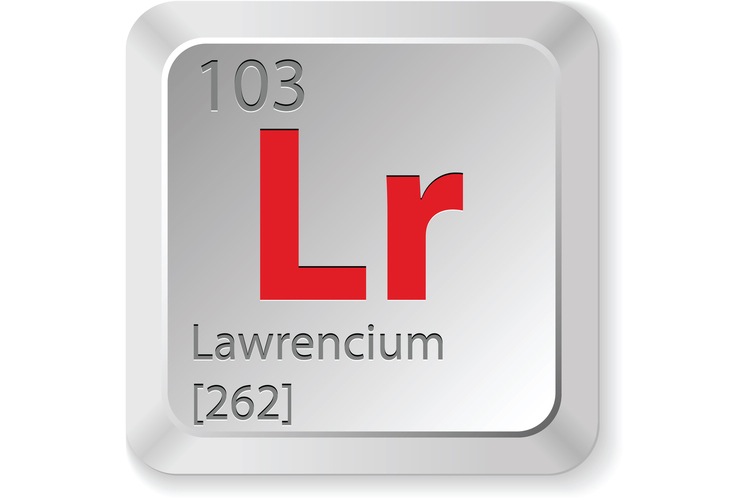Facts About Lawrencium

Atomic Number: 103 Atomic Symbol: Lr Atomic Weight: 262 Melting Point: 2,961 F (1,627 C) Boiling Point: Unknown
Word Origin: Lawrencium is named for Ernest O. Lawrence, inventor of the cyclotron, which was instrumental in the discovery of many elements.
Discovery: Lawrencium was discovered at the University of California, Berkeley, by Albert Ghiorso, Torbjørn Sikkeland, Almon E. Larsh and Robert M. Latimer in 1961.
Properties of lawrencium
Despite its placement late in the actinide series, lawrencium behaves more like the tripositive elements that come earlier in the actinide series, and less like dipositive nobelium, its neighboring element. [See Periodic Table of the Elements]
Sources of lawrencium
Lawrencium is artificially produced, and has only been made in small quantities.
Get the world’s most fascinating discoveries delivered straight to your inbox.
It can be produced by bombarding californium placed in a linear accelerator with boron ions. This method has been used in multiple experiments and several different isotopes of lawrencium have been produced this way.
Lawrencium has 10 recognized isotopes. Its most stable is 262Lr, with a half-life of about four hours.
Uses of lawrencium
Because lawrencium has only been produced in small quantities, its only use is for scientific research.
(Sources: Los Alamos National Laboratory, Jefferson Lab)
 Live Science Plus
Live Science Plus






